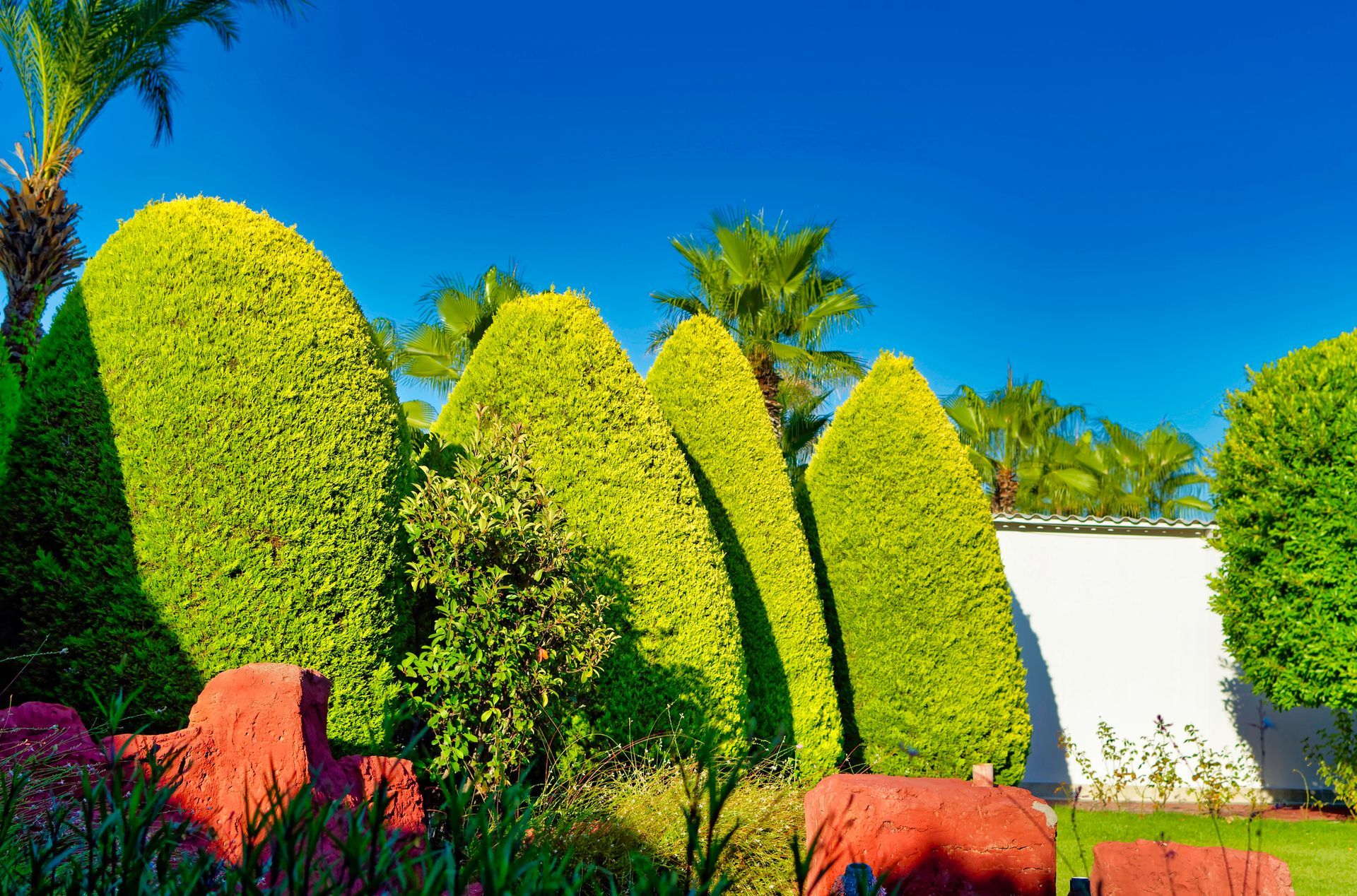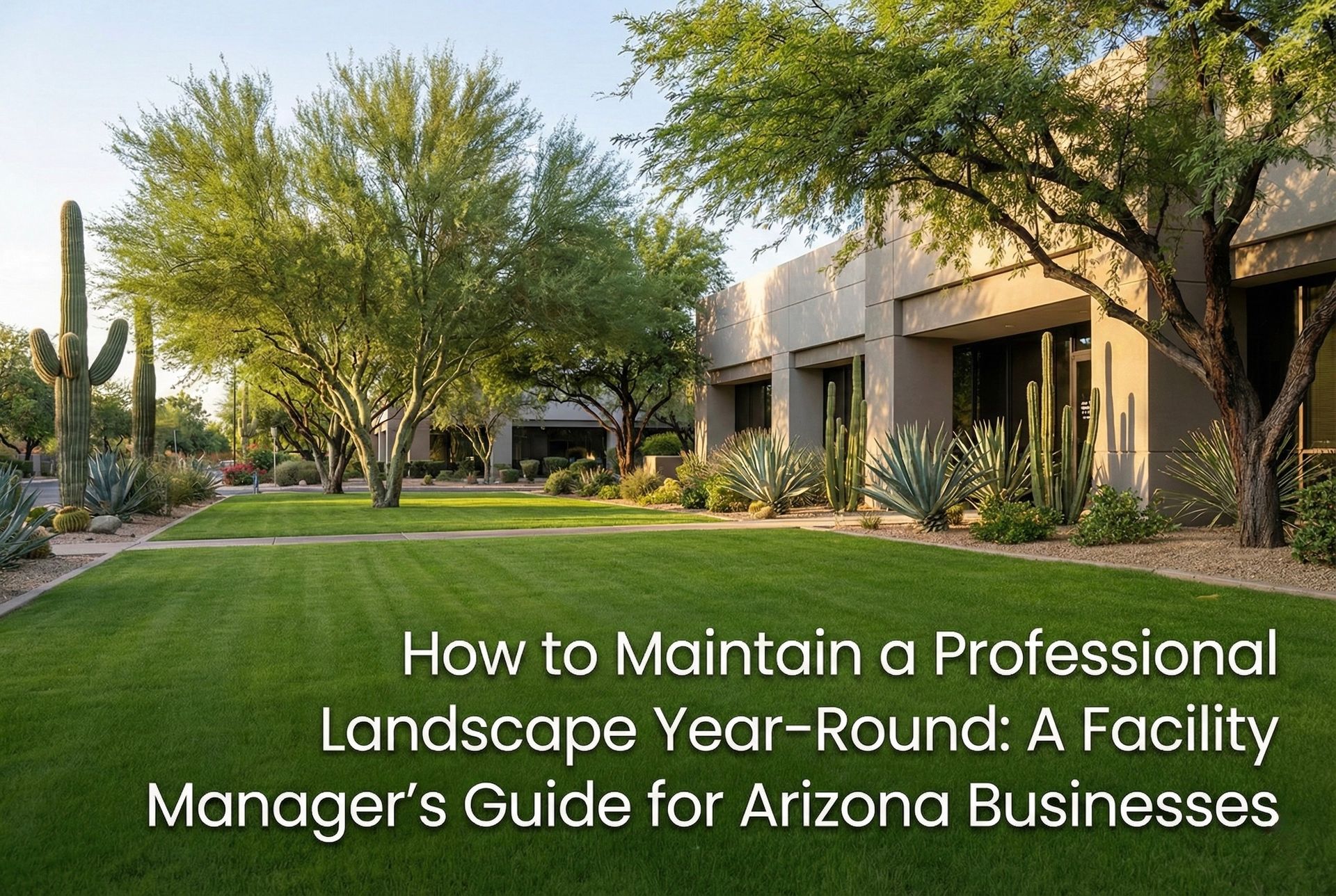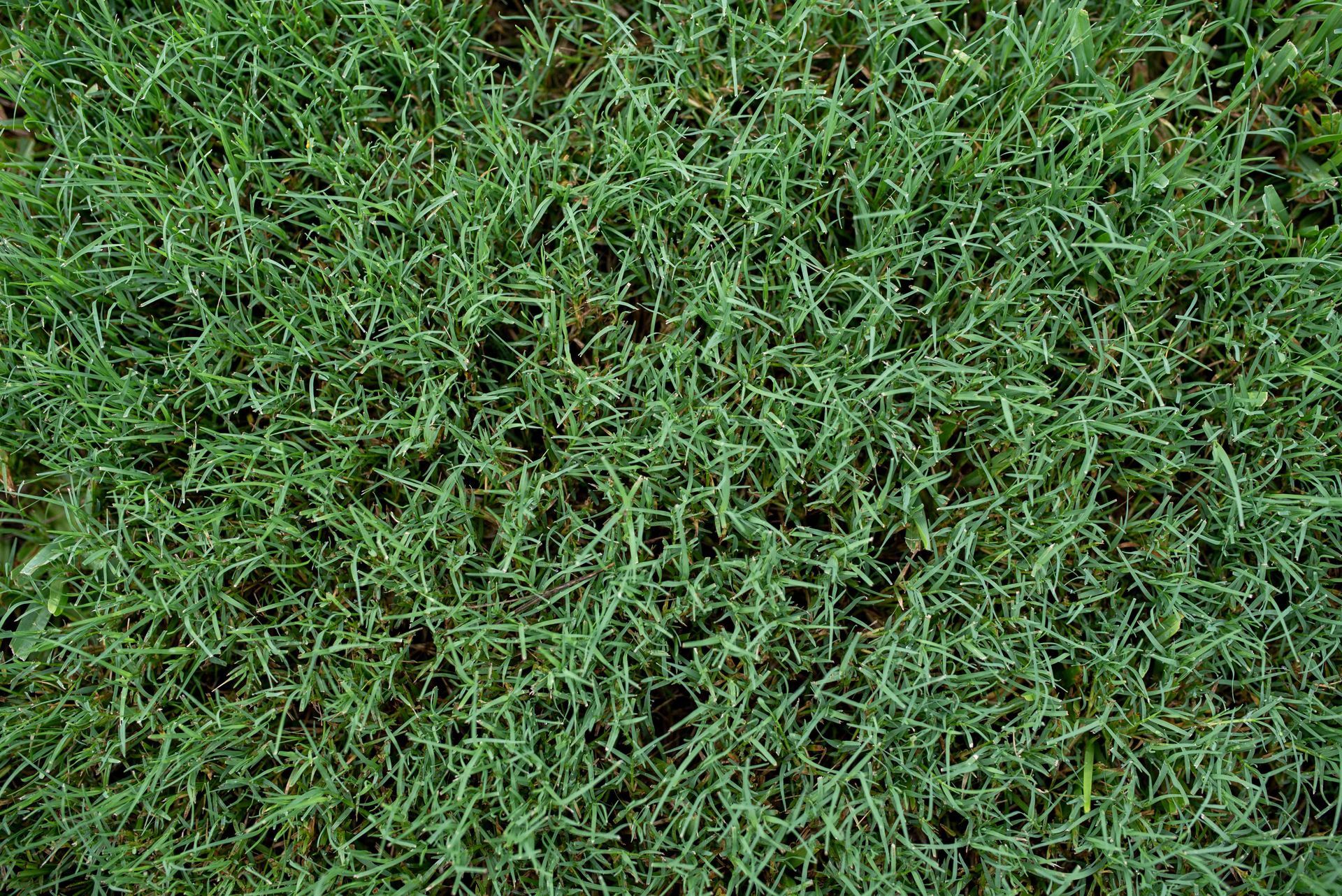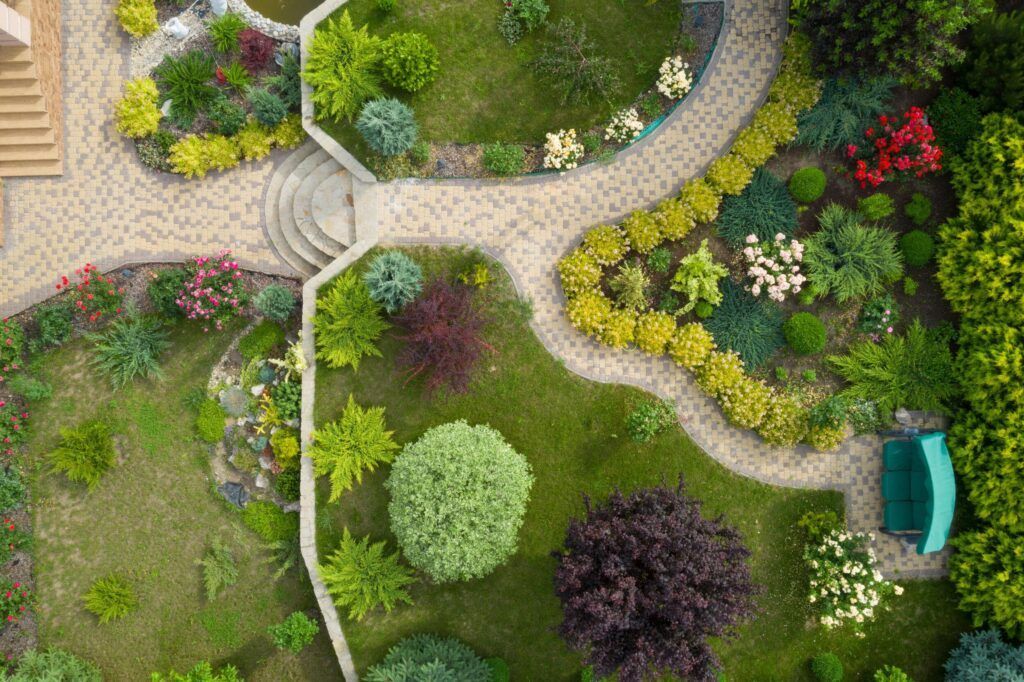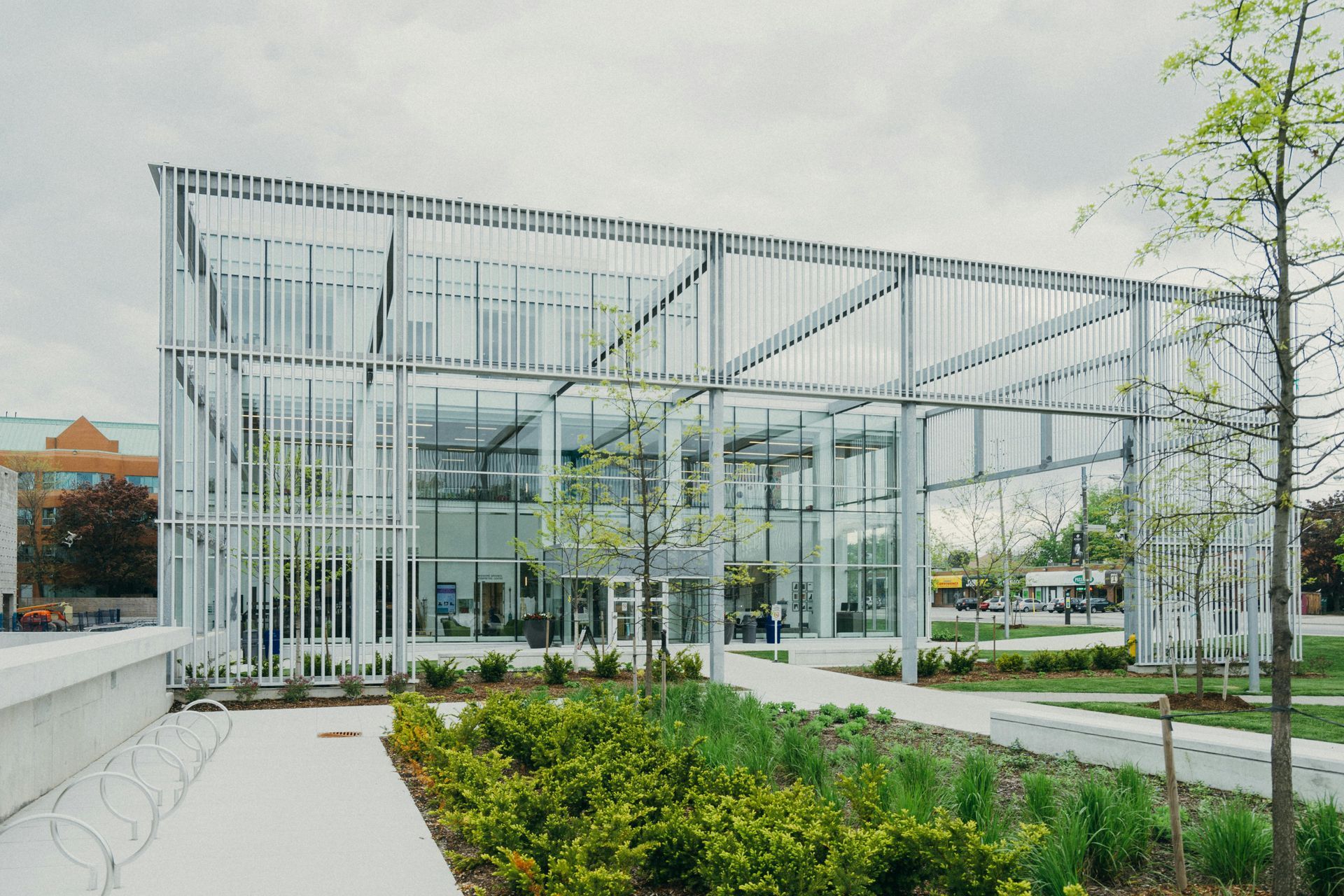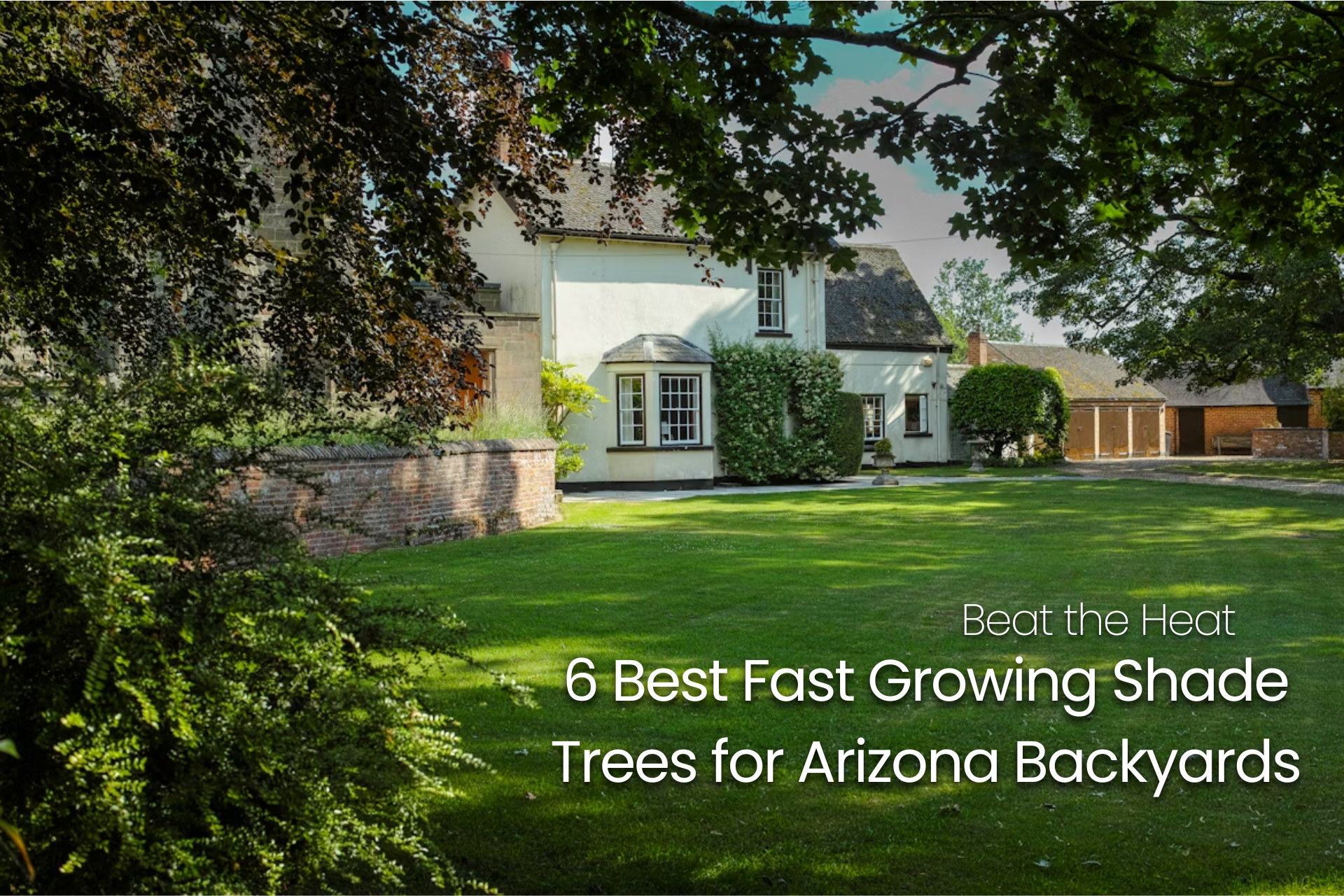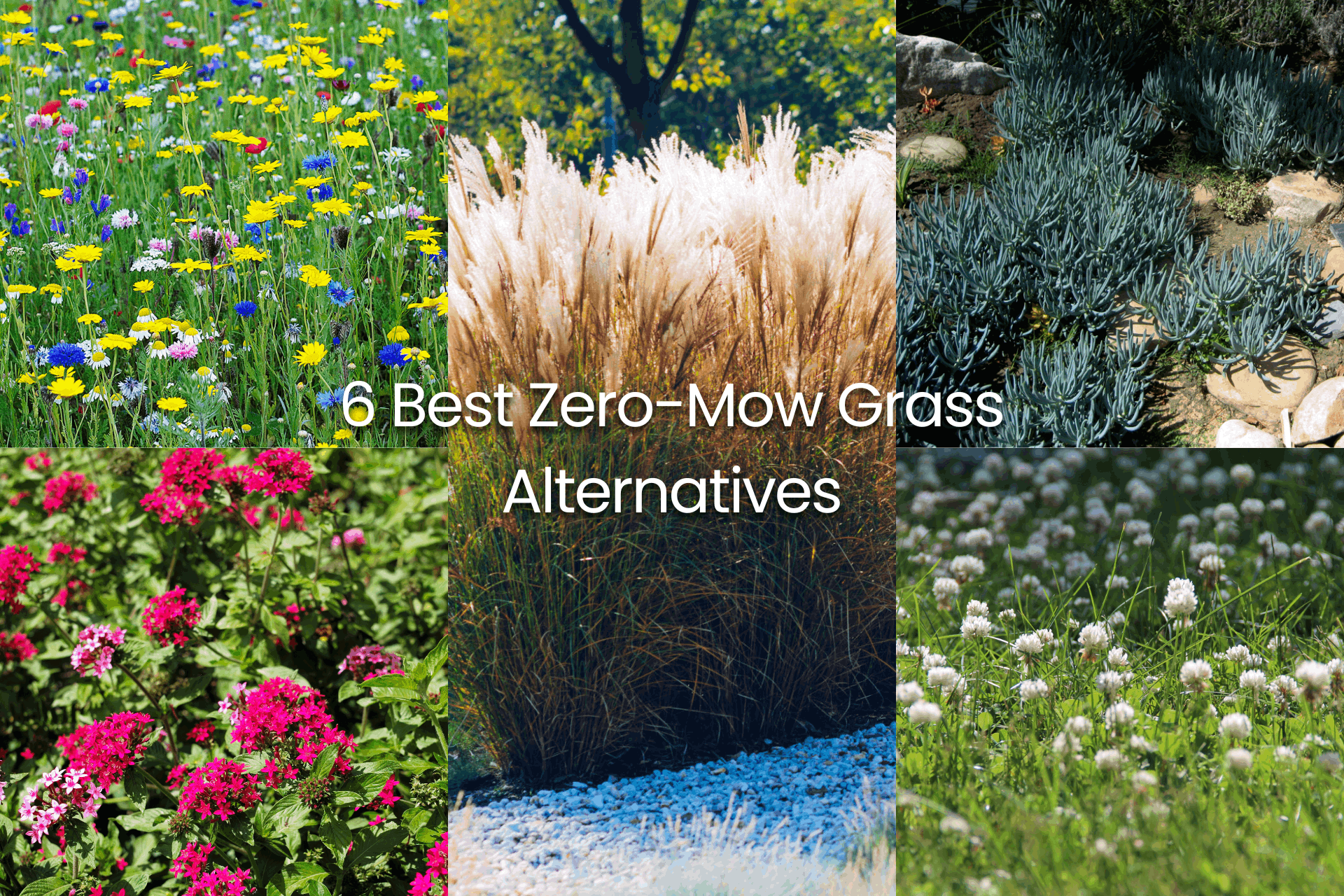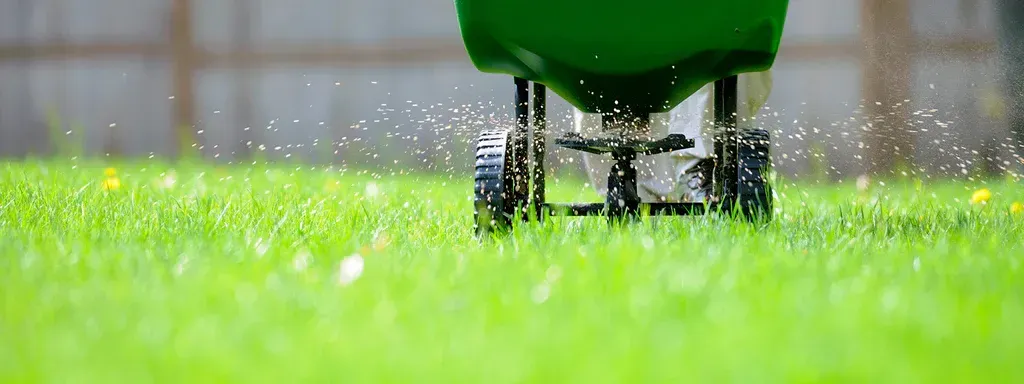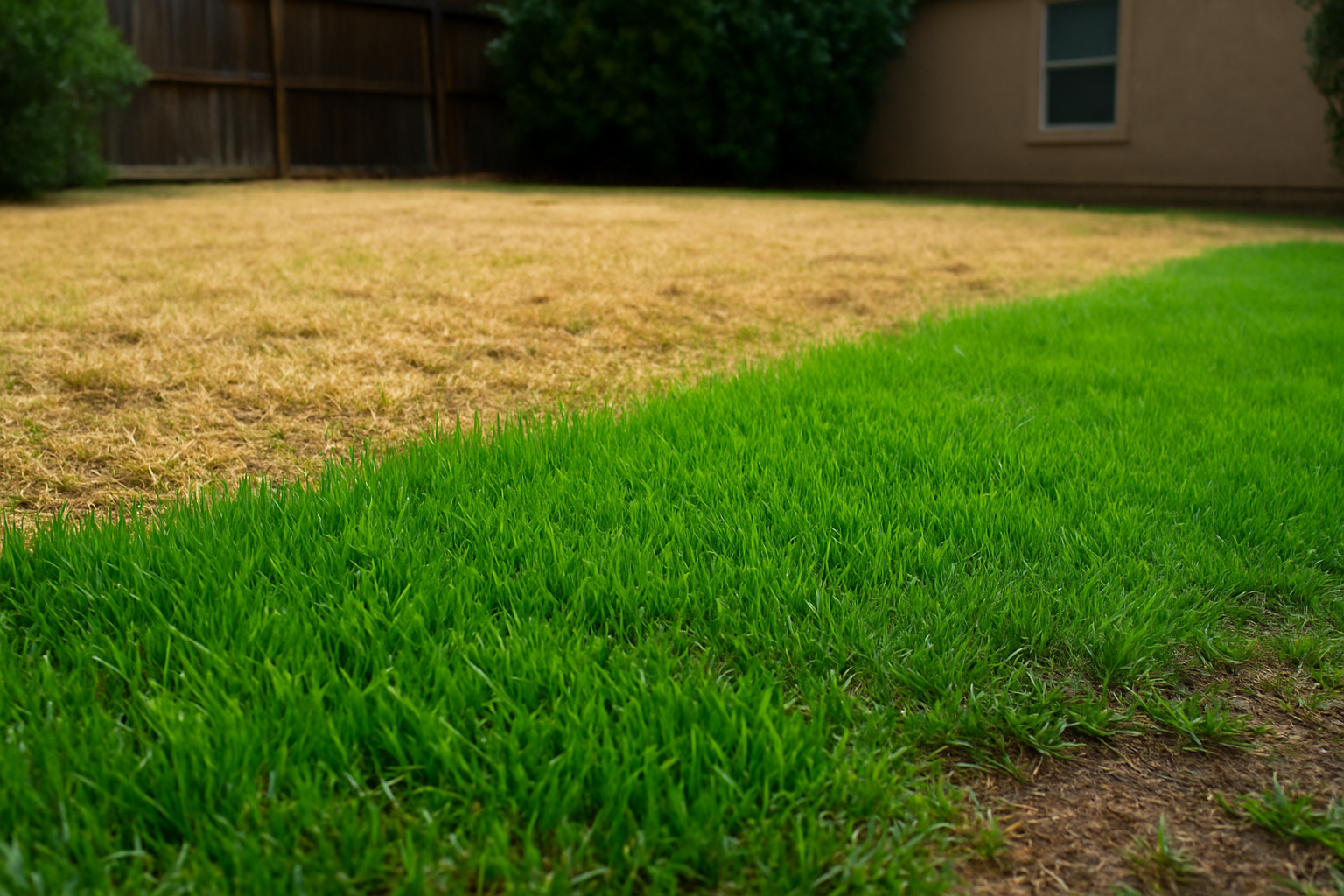
Water is one of the most precious resources in Arizona, and using it wisely is essential for maintaining a thriving landscape while conserving this limited supply. Many homeowners rely on traditional irrigation methods, but these often lead to overwatering, shallow root growth, and inefficient water usage. By understanding how to water effectively, you can keep your plants healthy, reduce water waste, and save on utility costs.
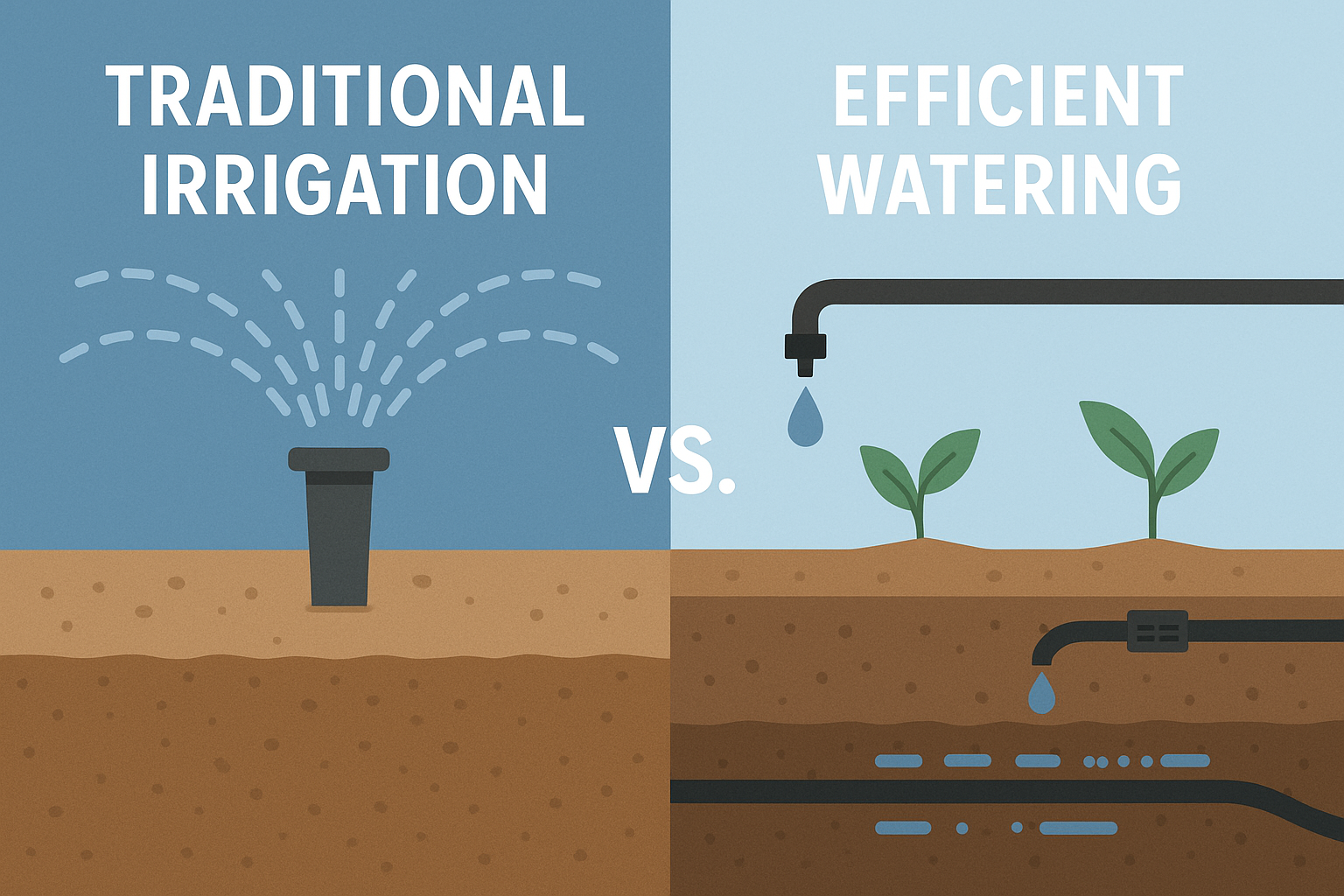
If you're struggling with keeping your plants hydrated without wasting water, don’t worry—there are smart watering strategies that can make a significant difference. Learn how to maximize water efficiency and ensure your plants get exactly what they need.
Why Smart Watering Matters in Arizona
Arizona’s desert climate presents unique challenges when it comes to watering plants. With intense heat, limited rainfall, and dry soil conditions, many plants struggle to absorb enough moisture to stay healthy. Traditional watering methods often lead to evaporation loss, shallow root systems, and unnecessary water consumption. Instead of frequent, surface-level watering, plants thrive when given deep hydration that encourages strong root growth and greater drought resistance. By adopting proper techniques and timing, homeowners can create a lush landscape that flourishes with minimal water usage.
The 1-2-3 Rule: How Deep Should You Water?
One of the most effective ways to ensure plants receive adequate moisture is by watering to the proper depth. Deep watering encourages roots to grow downward, making plants more drought-resistant and less reliant on frequent irrigation. Smaller plants, such as ground covers, cacti, and annuals, benefit from water penetrating at least one foot deep. Medium-sized plants, including shrubs and small bushes, require moisture two feet deep to support their larger root systems. Larger plants, such as trees and tall shrubs, thrive best when watered three feet deep, ensuring their roots have access to moisture even during dry spells.
Equally important is knowing where to water. Many people mistakenly water directly at the base of a plant’s trunk, but this can be ineffective. Instead, focus on the dripline—the outer edges of a plant’s canopy where the most active roots are located. Adjusting irrigation systems as plants grow ensures that water reaches the entire root zone, preventing shallow root development and encouraging long-term health.
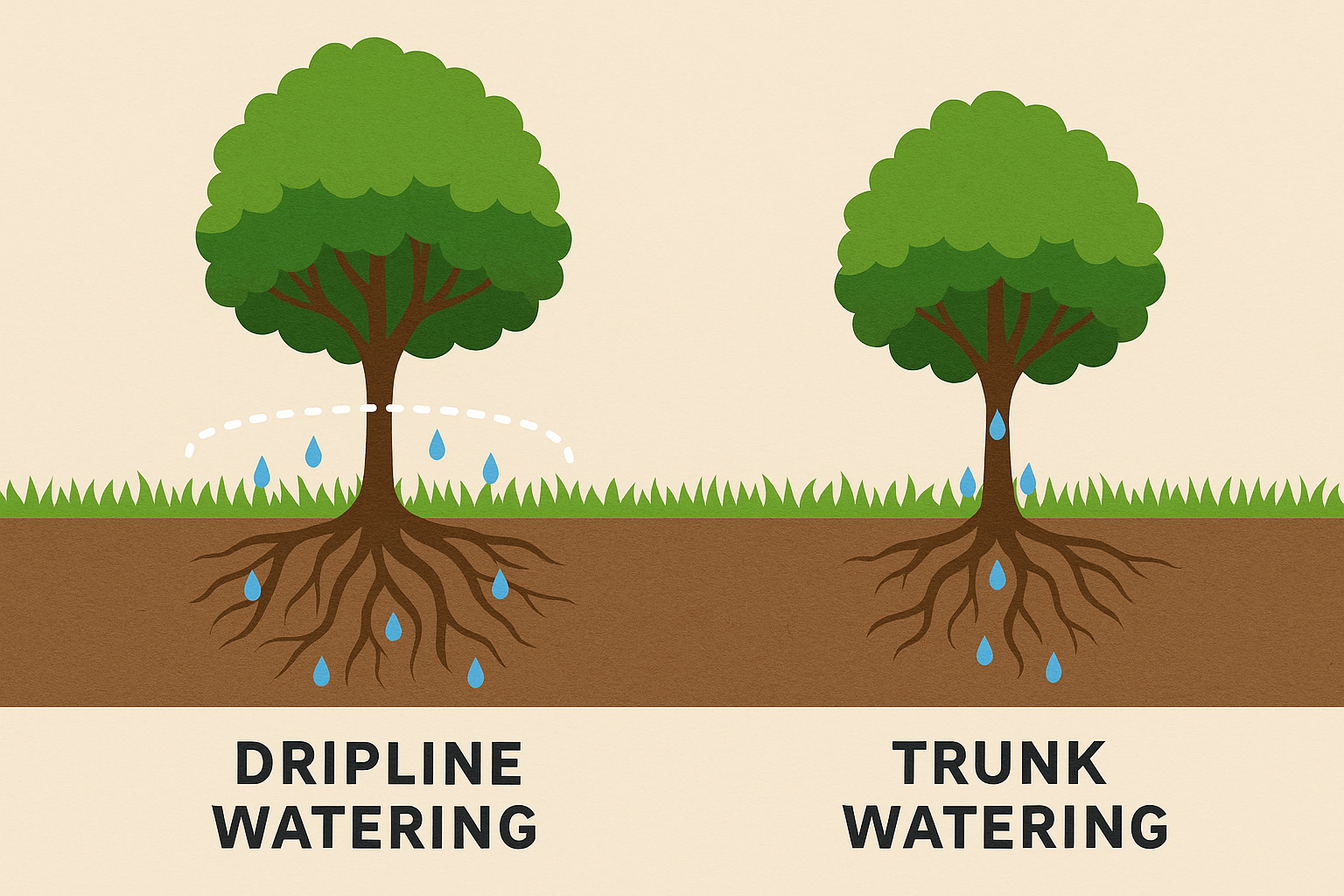
Choosing the Right Watering Method for Maximum Efficiency
The method you choose for watering your plants can significantly impact water retention and plant health. While traditional sprinklers are common, they often waste water through evaporation and runoff. Drip irrigation is one of the most efficient options, delivering slow, targeted watering directly to the root zone while minimizing water loss. Soaker hoses function similarly, slowly releasing moisture along their length, making them ideal for garden beds and clusters of plants.
For larger plants and trees, basin watering is a simple but effective method. By forming a shallow basin around the plant, water pools and soaks deeply into the soil rather than running off. Hand watering with a hose is also beneficial for delicate plants but should be done slowly and deeply to ensure proper absorption.
If your soil struggles to retain moisture effectively, it may need improvement to help plants absorb water more efficiently. Learn how to improve your soil’s structure so that it can hold water longer while still draining properly.
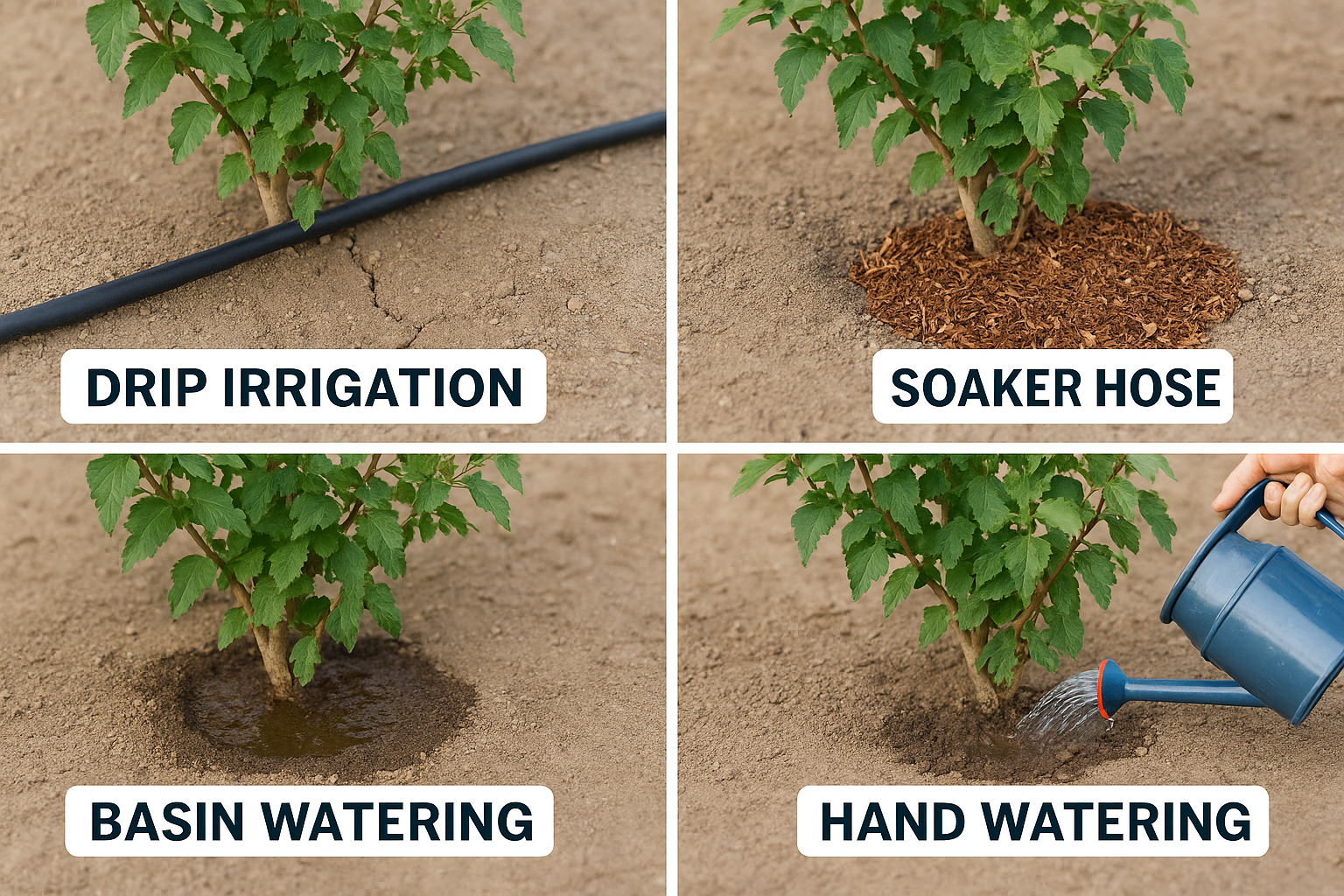
Adjusting Your Watering Schedule with Arizona’s Seasons
Arizona’s extreme temperatures mean that watering schedules need to change throughout the year to prevent overwatering and ensure plant health. The summer months bring the greatest challenge, as intense heat increases evaporation and plant transpiration. During heat waves where temperatures exceed 108°F, watering twice daily—before sunrise and after sunset—helps plants absorb moisture without losing it to midday heat.
In spring and fall, temperatures become more moderate, reducing the need for frequent watering. This is the best time to focus on deep hydration and root development before the next season of extreme temperatures. Winter watering should be minimal, as plants experience slower growth and lower water demands. Overwatering during this time can lead to root rot, so it’s essential to allow the soil to dry out between waterings.
Keeping Water Where It Matters: Reducing Waste and Maximizing Absorption
Efficient watering isn’t just about how much water you apply—it’s also about how well your plants absorb it. Checking soil moisture can help determine whether your irrigation system is working effectively. A simple screwdriver or soil probe test can reveal if water is reaching the correct depth. If soil is dry beyond the target depth, increase watering duration to ensure deep penetration.
Another way to improve water efficiency is by applying mulch around plants. A 2–3 inch layer of organic mulch helps insulate the soil, slowing evaporation and keeping moisture where it’s needed most. This not only reduces watering frequency but also prevents soil erosion and keeps roots cool during extreme heat. If water starts running off before it absorbs into the ground, using shorter, multiple watering cycles allows moisture to soak in gradually rather than being wasted.
If you’re struggling with inefficient watering or excessive runoff, learn smart irrigation strategies to maximize moisture retention.
Keeping Your Arizona Landscape Thriving
By implementing deep watering techniques, adjusting schedules seasonally, and selecting the right irrigation methods, you can significantly improve plant health while conserving water. Arizona’s dry climate doesn’t mean you have to sacrifice a lush landscape—it just requires a smarter approach to watering.
If you're struggling with keeping your plants hydrated without wasting water, don’t worry—there are smart watering strategies that can make a significant difference. Learn how to maximize water efficiency and ensure your plants get exactly what they need.




